While the 2X pre-series model and VoloCity are the emblematic designs associated with Volocopter, the Bruchsal-based company has been developing a lift-plus-cruise model to expand its offering to a market beyond inner-city trips.
The company’s first flight of the VoloConnect prototype happened in May, and we reached out to VoloConnect’s chief engineer Sebastian Mores and head of public relations Helena Treeck to learn more about the program.

Mores started his career at Airbus Helicopters in the aeromechanics and loads department, doing computational fluid dynamics (CFD) work and modifications for the EC135 and EC145 helicopters. He later switched to the rotorcraft architecture department where he was in the development programs of helicopters with up to seven tons mass.
He was one of the founding participants in the CityAirbus program in 2014-15 which was an interesting challenge, taking forward such a revolutionary aircraft design within a legacy aerospace company. In October 2018, he joined Volocopter and was tasked to work on the new concept for a longer-range vehicle with more payload, and heads the Munich site leading more than 100 people.
Treeck has been successfully forming Volocopter’s messaging since 2017 and has led a very open public relations campaign. The company was never shy to show and fly its products in all corners of the globe, including Dubai, Singapore and more recently, Paris. Treeck firmly believes that public acceptance is one the main bricks needed to kick off and sustain this industry.
Alex Scerri: The first indication that you were working on a lift-plus-cruise design were patent applications filed in May 2020. When did you start working on this concept?
Sebastian Mores: It was a progressive journey. Although I have been in the company for four years, approximately the first two years were dedicated to the fundamental questions on architecture, how to approach and meet safety targets, etc. Today, the aircraft looks different from the patent illustrations, but the principles are all there even if the technical implementations may vary.
Alex Scerri: Can you share or confirm any specifications for VoloConnect — its maximum speed of 250 kilometers an hour (155 miles per hour), cruise speed of 180 km/h (112 mph), range of 100 km (62 mi), and passenger capacity?
Sebastian Mores: Yes, those are the targets for the production vehicle. We are evaluating whether to have three or four seats. We have six lift propellers and two pusher units. The published specifications are still valid and based on our simulation and testing results. The initial flight test data shows that we are well on track with our statements. As for cruise speed, the market is telling us that the sweet spot is around 180 km/h (112 mph) for optimized range. The aircraft will be able to fly faster, but that would result in high power consumption and a fast battery discharge.
Alex Scerri: Are these figures achievable with the batteries you have available today, or are you expecting a technology step?
Sebastian Mores: Our design target is to get the aircraft as aerodynamically efficient as possible, and if you compare our lift-to-drag ratio with legacy aircraft, we are doing very well. We are strongly focusing on the aerodynamic efficiency and propulsion system efficiency to achieve an excellent performance.
Helena Treeck: The numbers we publish — and this applies to all our programs — is what we can achieve today with technology that is certified to current aviation standards. Our philosophy is that we should not establish our business case on things that we have no influence over or that are still just an idea. The performance specifications are in line with what our market has been asking. If we can get better numbers with newer technologies, then it will be a bonus.
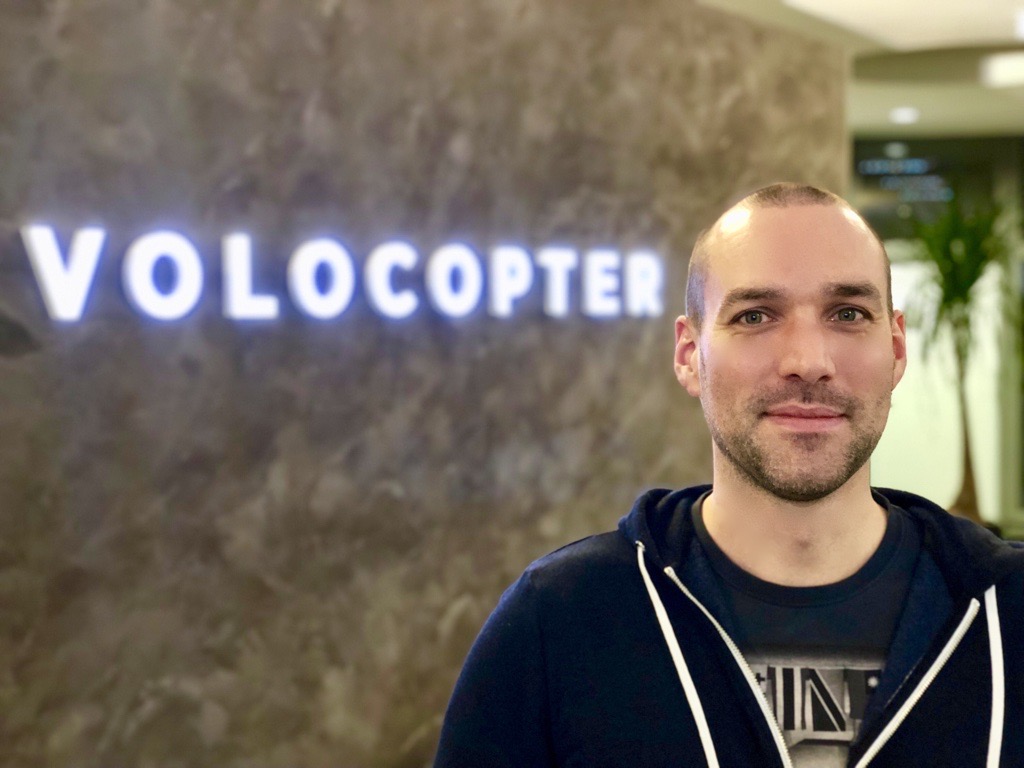
Alex Scerri: Will this be a fully electric aircraft, and will you be retaining the swappable battery concept?
Sebastian Mores: That is the plan for now, but we have multiple options we are considering.
Alex Scerri: What are the advantages and disadvantages of having the three concurrent programs, with the two passenger aircraft and VoloDrone?
Sebastian Mores: Automotive and aerospace companies all have a range of models for different missions and markets. We are doing the same for advanced air mobility [AAM]. In this business, diversification makes sense. We have some mission overlap with the two passenger aircraft, but will be able to offer from short, inner-city trips to regional hops with aircraft that are optimized for their roles.
Of course, this needs multiple teams that are working on projects at different stages of each aircraft’s development, so that takes up some resources. However, we are sharing many technologies. That brings a lot of synergy and cross-pollination for all programs. Once we certify VoloCity, sometime in 2024, this knowledge will be used for certifying the VoloConnect. We will “handover” our full-sized and full-weight aircraft to our team in Bruchsal that has the invaluable experience certifying aircraft to EASA [European Union Aviation Safety Agency] standards. Our goal is to minimize the gap between the pre-development and the certifiable aircraft because development effort increases non-linearly approaching certification. Ideally, all major unknowns will be resolved by then.
Alex Scerri: Can you confirm that you will have a retractable landing gear as shown in the renderings for VoloConnect, and are you planning any V/STOL or CTOL capability?
Sebastian Mores: We are investigating CTOL capability, yet this is not our main requirement. For ground operations and emergency landings, wheeled landing gears have a benefit. This is the reason VoloConnect has wheels. The retractable function is a pure performance/weight/drag consideration that we may re-consider.
Alex Scerri: Will the lift propellors be used in cruise flight, or will they be in a parked position?
Sebastian Mores: Yes, the lift propellors will be parked for efficient cruise flight. When the propellers are stopped, you have a very efficient airplane with not only a high lift-to-drag ratio but also a gentle stall behavior and good handling qualities
Alex Scerri: What was the reason for going for a slightly smaller prototype at this stage, and when do you expect to fly the full-size aircraft?
Sebastian Mores: Although the prototype has a smaller wing area, the cabin is full-size. This scaling is necessary to take the reduced take-off mass into account while keeping the aerodynamics representative to the product. Frankly, it is rare that you get the design completely right at the first attempt. Our experience has shown it is better to have prototypes that are smaller, hence faster, and cheaper to build and get the design fully understood to prepare and re-shape the full-weight and full-size aircraft. That will enable quicker multiple iterations instead of locking ourselves into a full-size design too early and making mistakes. The current aircraft has been developed by a small team in just 17 months, and now we are already initiating the next development phase of the full-weight aircraft
Alex Scerri: The full-size mockup of VoloCity and the 2X demonstrator have been star attractions at many venues. When can we expect to see the same for VoloConnect?

Helena Treeck: You are right, the VoloCity mockup is very important to bring our vision to as wide an audience as possible. When you have the possibility to sit in an aircraft, touch it, and see it fly, that is so much better than just seeing a rendering or a small model. However, this also takes up resources. You will continue seeing the VoloCity mockup as our ambassador to raise awareness and increase public education about this new industry, regardless of the specific aircraft. We prefer to invest our VoloConnect resources into development of the aircraft itself. Naturally, at some point, we will need to start testing the VoloConnect at future launch cities.
Alex Scerri: How many test flights have you completed with the current prototype, and can you share any milestones you have achieved, such as transition?
Sebastian Mores: The maiden flight was on May 20. Since then, we accumulated 14 flights, all around two to three minutes duration. We had a short break and are now flying once to twice a week with each flight day consisting of one to three flights. Before this phase, we had (and still have) a fleet of various subscale prototypes, so most of the tests are something we have seen already. There were no surprises, and the flight test program is proceeding at a very good pace. We already started testing motor-out scenarios. Unlike other manufacturers, especially those with tilt designs, we do not think that the transition to forward flight is a particularly critical phase for our design. We have already gone through 80 km/h [50 mph], which is above the stall speed for airplane mode. Within the first flights, we already conducted most of the flight test points of the VTOL flight regime. In the next weeks, we’ll be focusing on faster speed and expanding our flight envelope.
Alex Scerri: Is the current demonstrator currently or planned to be equipped with pilot controls in the flight deck?
Sebastian Mores: We have a strategy to do this later in the program. The aircraft is not currently equipped with pilot controls as it is designed as an unmanned aircraft, but for sure it is something that will be done when we come to have a conformal production aircraft for certification.
Alex Scerri: How will VoloConnect compare to the 2X prototype as far as noise levels for take-off/landing?
Sebastian Mores: By design, VoloCity will always have significantly lower acoustic footprint than a winged eVTOL configuration due to the low disc loading. The VoloConnect prototype has a subjectively pleasing noise signature almost comparable to the 2X. For the actual product, the aircraft will be more noticeable in the VTOL phase for a short period of time. The cruise phase is very quiet due to the ducted fans.
Alex Scerri: When do you expect to achieve certification for the VoloConnect?
Sebastian Mores: We are still on schedule to certify this aircraft in 2026, which is a very ambitious timeline.
Alex Scerri: Will you be looking to certify the aircraft under U.S. Federal Aviation Administration [FAA] certification specifications at the same time?
Sebastian Mores: As with all our products, the target is to first certify the aircraft under EASA rules.
Helena Treeck: Being based in Germany, starting with EASA certification is the natural path to follow, and we have continuous exchanges with them and other global regulators to define the way forward in other markets.
Alex Scerri: Is there anything else you would like to share with the eVTOL community?
Sebastian Mores: We have many talented people at Volocopter, but we always need more. The eVTOL community is a compact ecosystem and we strive together for sustainable mobility solutions. We are all working on the same goal and wish everybody great success.





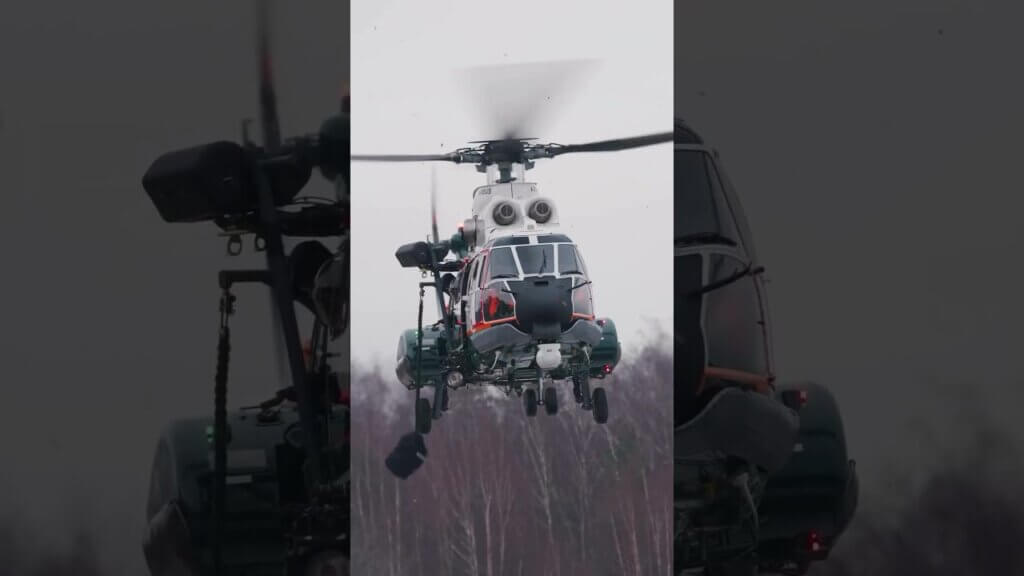
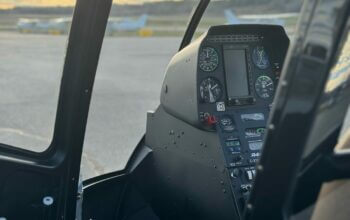
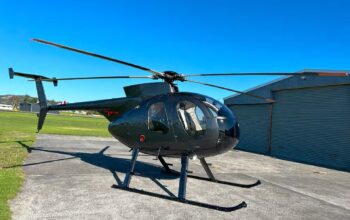
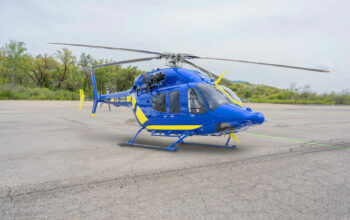
Wonderful project, Sebastian hard work always pays off! Very proud of you and you seem to have a great team!!!